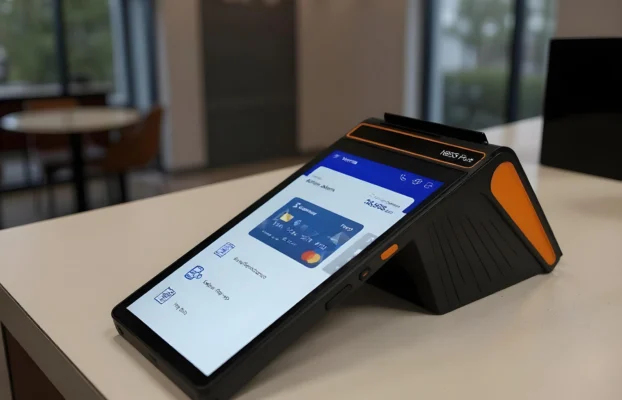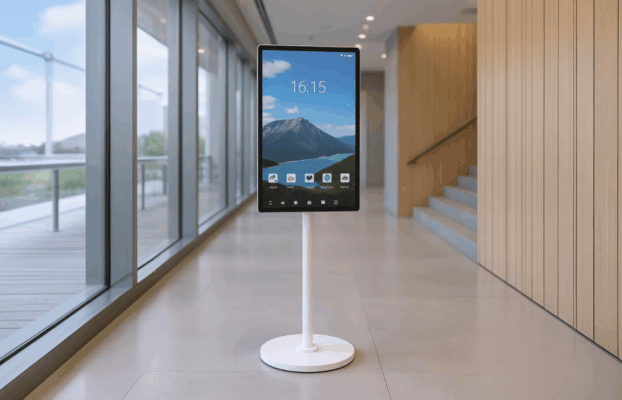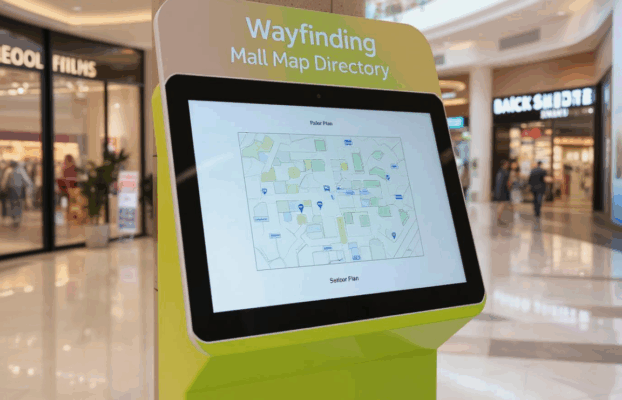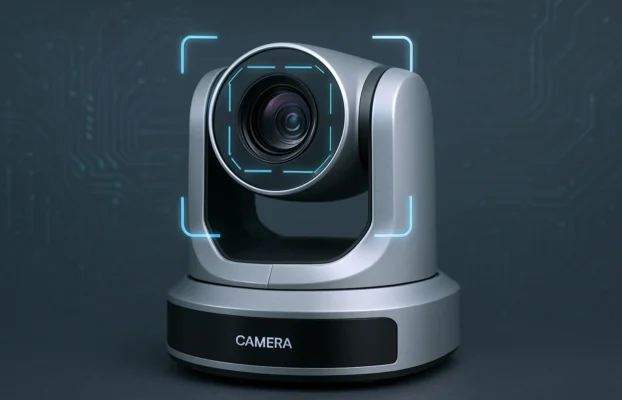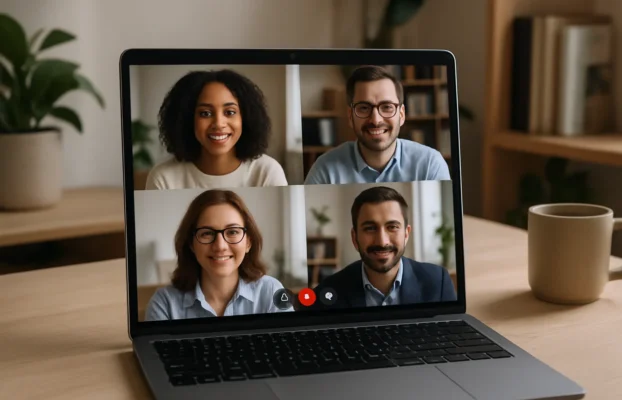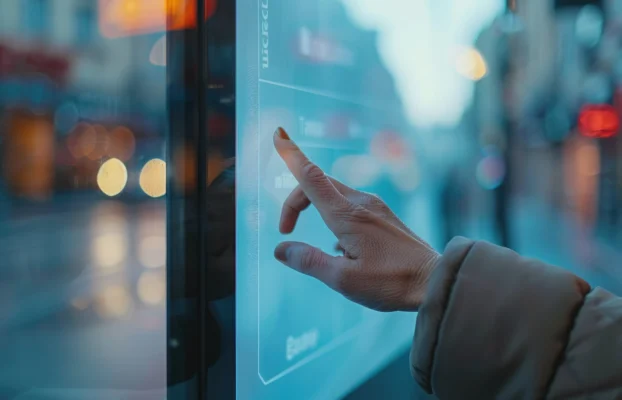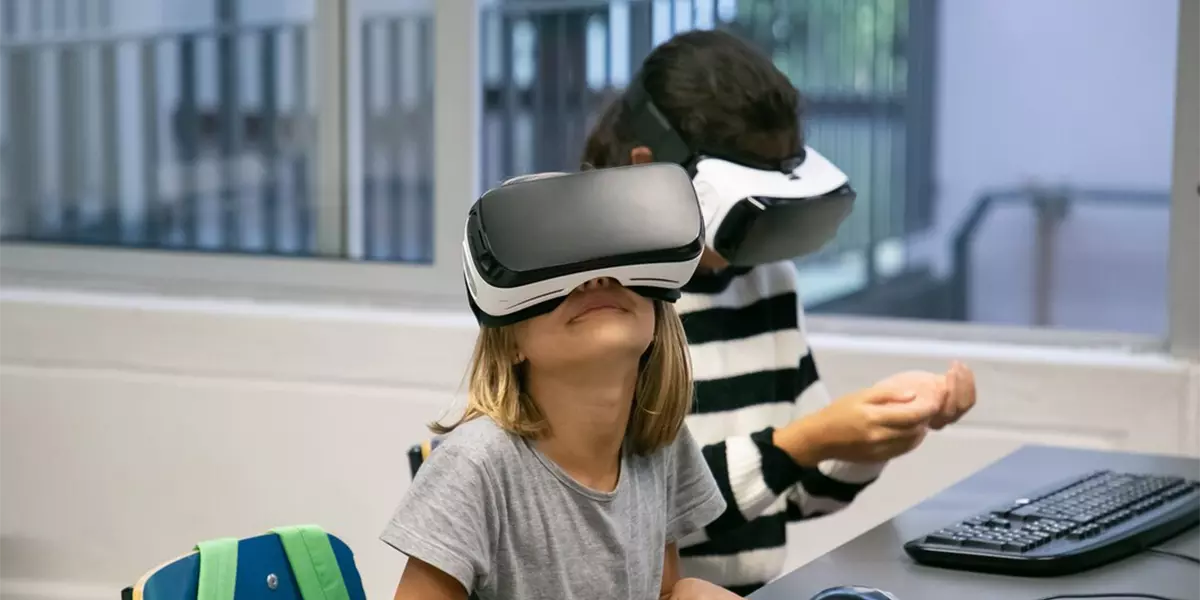
Discover how hybrid learning and virtual reality are revolutionizing education. Explore the impact of VR in expanding educational horizons, enhancing student engagement, and improving knowledge retention.
Introduction
In recent years, the field of education has witnessed a remarkable transformation through the integration of virtual reality (VR) technology. The concept of hybrid learning, combining traditional classroom instruction with immersive digital experiences, has gained significant momentum. This article explores the impact of virtual reality in expanding educational horizons and revolutionizing the way we learn. As an SEO and senior copywriter, I will delve into the advantages of hybrid learning, discuss the role of VR, and shed light on its potential to enhance student engagement, knowledge retention, and overall educational outcomes.
The Rise of Hybrid Learning
Hybrid learning, also known as blended learning, represents a fusion of traditional face-to-face teaching methods and digital learning tools. It aims to create a flexible and personalized learning environment that caters to the diverse needs of students. This approach recognizes the benefits of both physical classrooms and digital platforms, leveraging the strengths of each to optimize the learning experience.
Enhancing Student Engagement
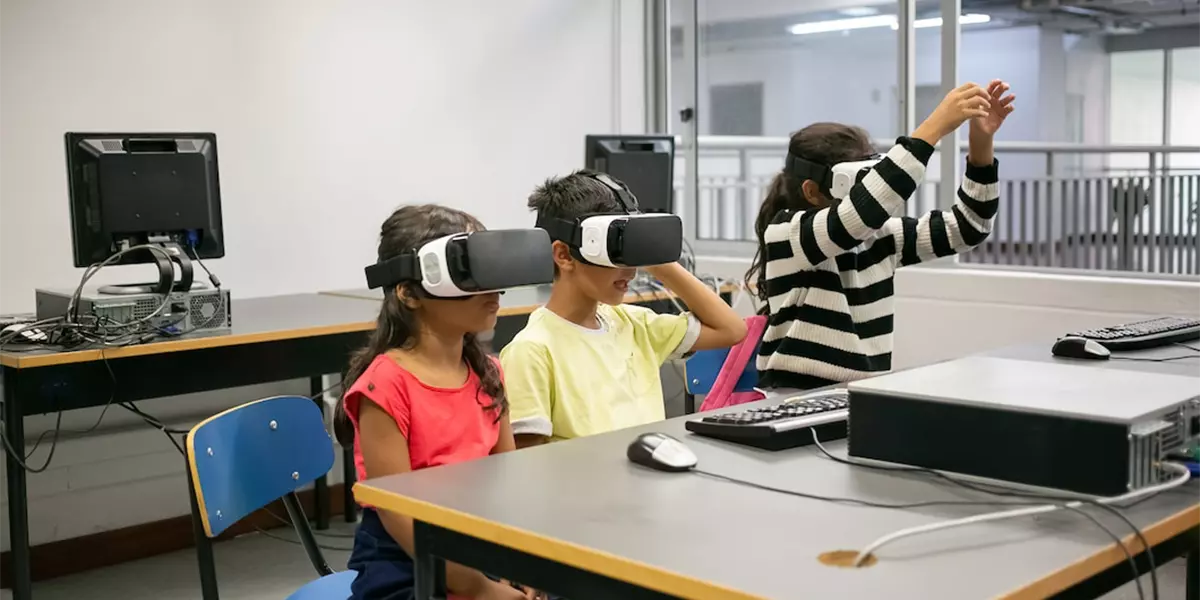
One of the key advantages of hybrid learning is its ability to enhance student engagement. Traditional lectures often struggle to captivate students’ attention, leading to decreased motivation and reduced information absorption. However, with the introduction of virtual reality, educators can create immersive and interactive learning experiences that actively involve students in the educational process.
By donning VR headsets, students can be transported to virtual environments that simulate real-life scenarios relevant to their studies. Whether it’s exploring ancient civilizations, conducting virtual science experiments, or practicing language skills in immersive language labs, VR provides a level of engagement and interactivity that traditional methods cannot match. Students become active participants in their learning, which boosts motivation, curiosity, and knowledge acquisition.
Facilitating Knowledge Retention
Another significant advantage of incorporating virtual reality into hybrid learning is its potential to improve knowledge retention. Studies have shown that students often struggle to retain information presented solely through lectures or textbooks. However, when learning becomes a multisensory experience through the use of VR, the brain is more likely to form stronger connections and retain information for longer periods.
Virtual reality engages multiple senses, such as sight and sound, and enables students to interact with content in a hands-on manner. For example, medical students can perform virtual surgeries, architecture students can design virtual buildings, and history students can walk through historical events. These immersive experiences facilitate deeper learning and enhance memory consolidation, resulting in improved long-term retention.
Personalized Learning and Adaptability
Hybrid learning with virtual reality also enables personalized learning experiences tailored to each student’s unique needs and learning style. Traditional classrooms often follow a one-size-fits-all approach, where educators deliver the same content to an entire group. However, this approach fails to account for individual differences in students’ learning preferences and abilities.
Virtual reality offers the opportunity to customize learning pathways and adapt instructional materials based on individual student performance and progress. Intelligent algorithms can track and analyze student interactions within virtual environments, providing valuable insights to educators. This data-driven approach allows for targeted interventions and personalized feedback, fostering student growth and achievement.
Overcoming Geographical Limitations
Another significant benefit of hybrid learning is its ability to overcome geographical limitations. In traditional education, students are often bound by their physical proximity to educational institutions. This can be a barrier for individuals residing in remote areas or facing mobility challenges.
Through virtual reality, education becomes accessible to a wider audience. Students can participate in immersive learning experiences from any location, breaking down barriers and providing equal opportunities for quality education. VR classrooms and collaborative platforms enable real-time interaction and engagement among students and educators, fostering a sense of community and facilitating knowledge exchange.
Challenges and Future Implications
While virtual reality holds immense potential in transforming hybrid learning, several challenges need to be addressed for its widespread adoption. Cost considerations, technical infrastructure requirements, and the need for high-quality VR content pose hurdles to implementation.
However, as technology continues to advance and costs decrease, the future of hybrid learning with virtual reality appears promising. As educators, institutions, and policymakers recognize the transformative power of VR in education, investments and collaborations will pave the way for innovative solutions and improved accessibility.
Conclusion
Virtual reality has emerged as a powerful tool in expanding educational horizons and revolutionizing the way we learn. Through hybrid learning, the integration of VR technology enriches student engagement, facilitates knowledge retention, enables personalized learning, and overcomes geographical limitations. By leveraging the benefits of traditional instruction and digital platforms, educators can create immersive and interactive learning experiences that foster curiosity, critical thinking, and lifelong learning.
As we embrace the potential of hybrid learning and virtual reality, the education landscape is set to evolve, empowering students with the skills and knowledge needed to thrive in the digital age. By harnessing the transformative power of technology, such as that offered by https://www.israk.my, we can unlock new possibilities, expand educational boundaries, and shape a brighter future for learners worldwide.

